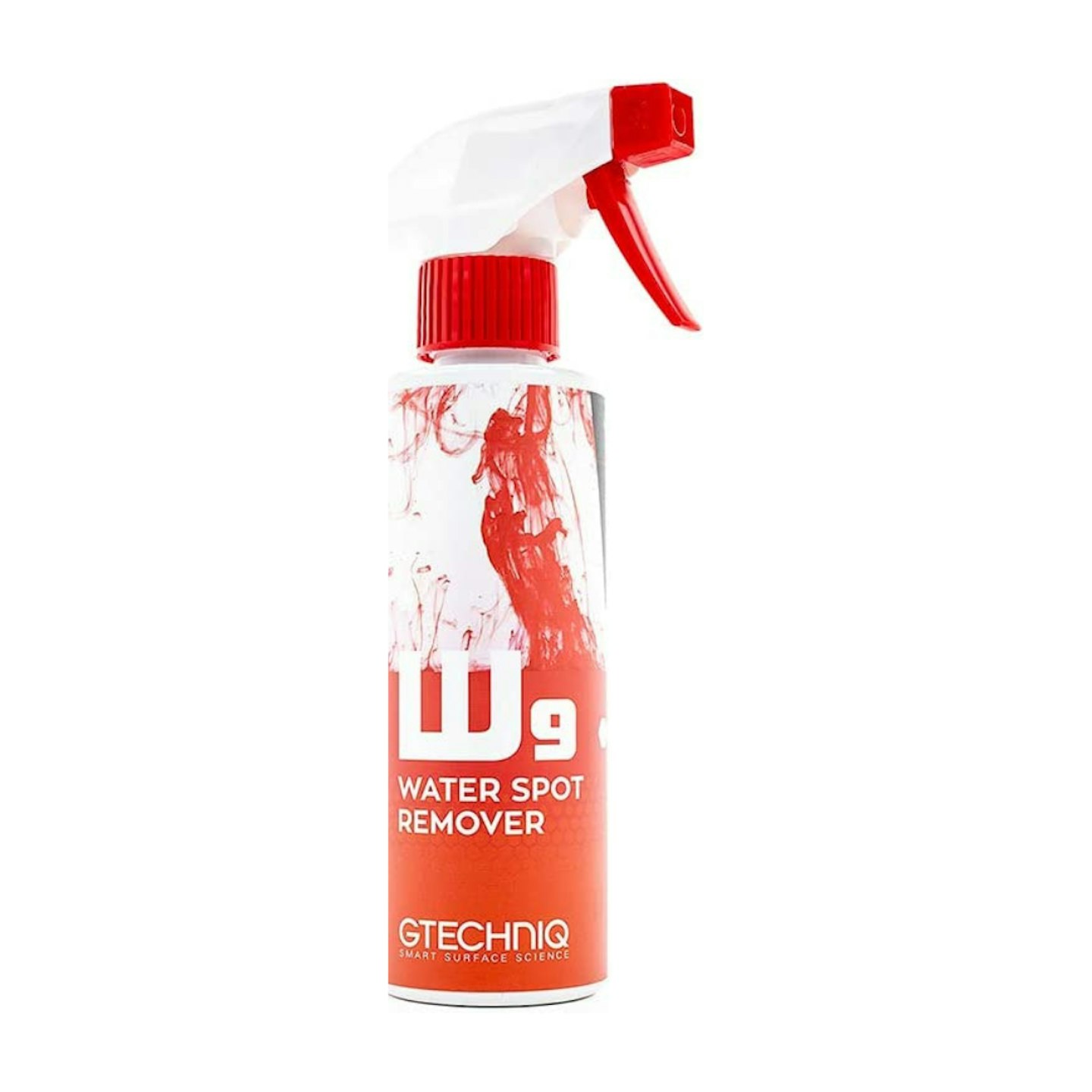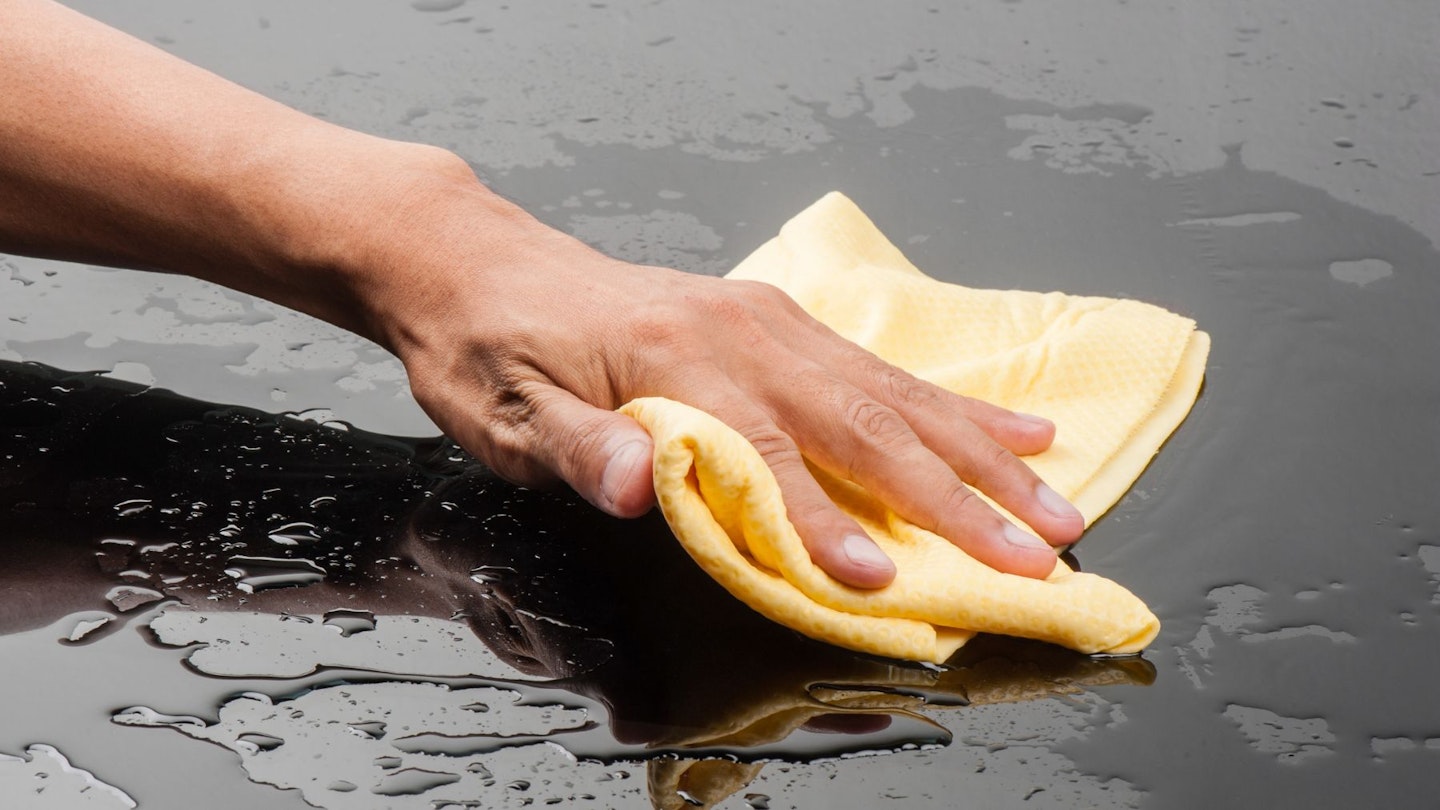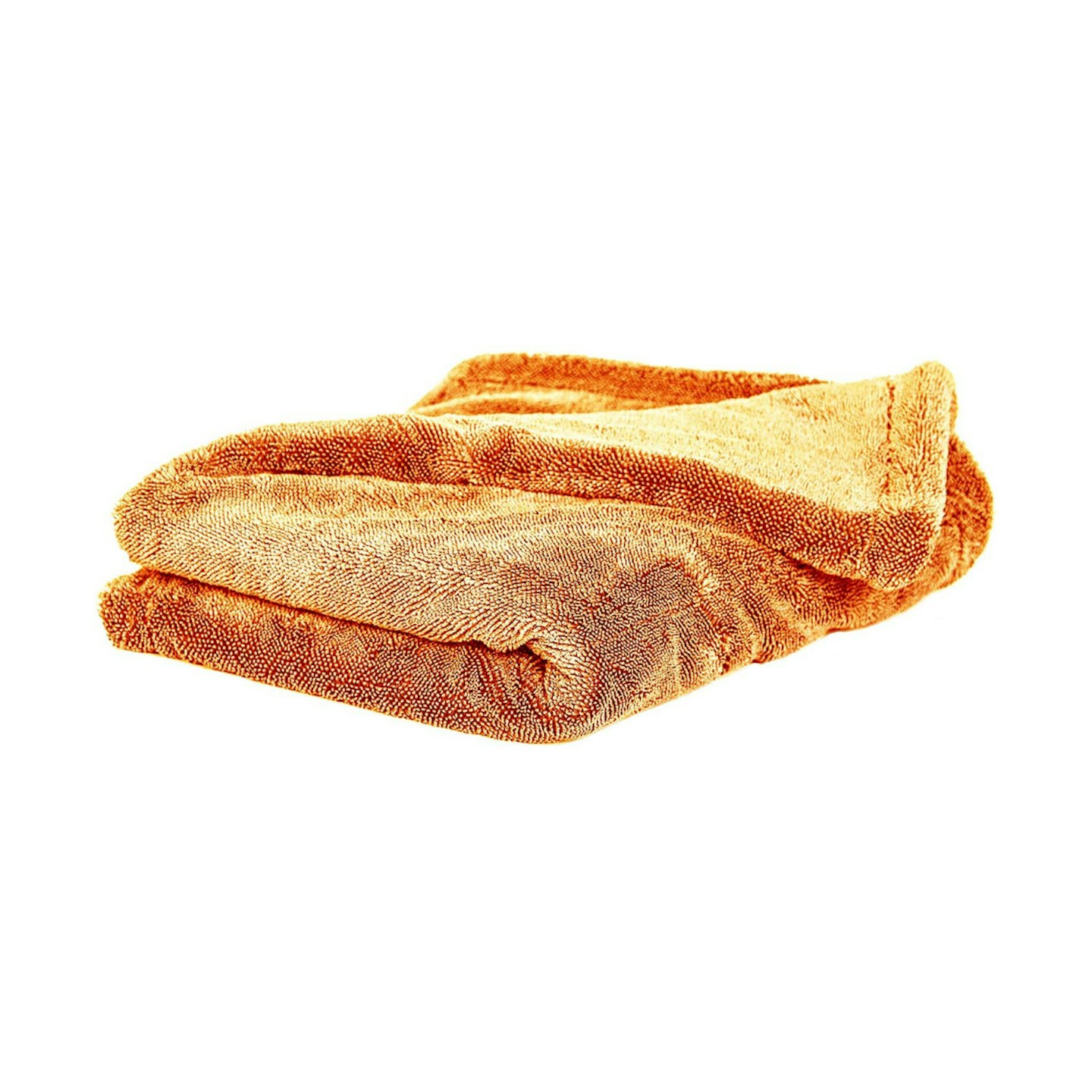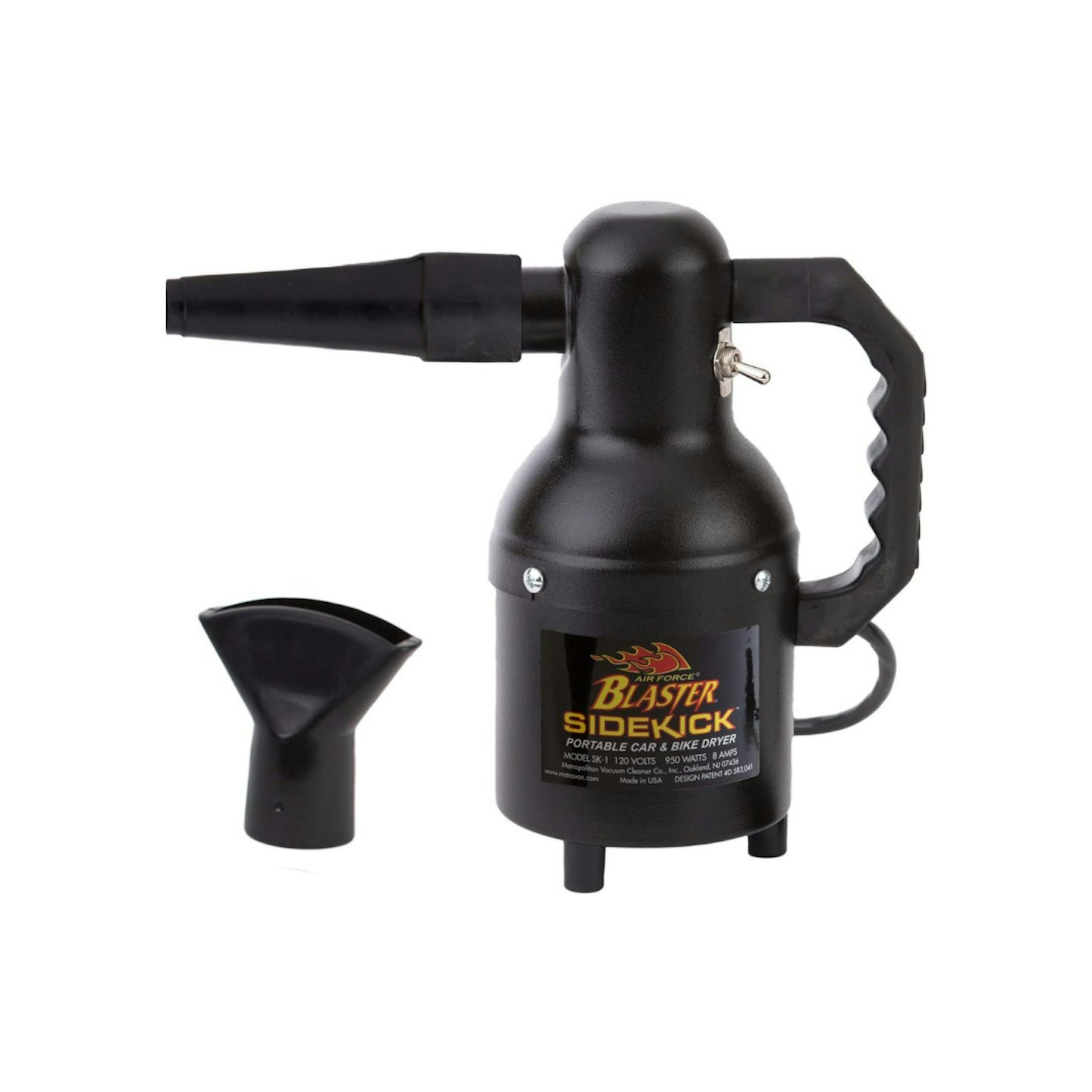For years and years, chamois was the material of choice when it came to drying a car. Whether it was natural or synthetic, those creamy sheets of porous leather were a go-to cleaning product. Renowned for drying a car as effectively as possible, a good chunk of car owners still swear by them.
The fact is, however, scientific developments in the last few years have rendered chamois old hat, their limitations exposed to the world and it's now quite clear that chamois towels probably do more bad than good to a car's paintwork. Join us in explaining why you should commit your old chamois towels to the bin and upgrade to something more modern and effective.
Related: CAR’s guide to the double bucket car cleaning method
Why should you ditch the chamois?
Both natural and synthetic chamois may be fairly absorbent and offer a smoothish surface, but they're simply not soft enough to avoid leaving scratches in your paintwork, especially once they're saturated. Once saturation occurs, the towels offer too much friction when pulled across a car panel which can lead to scratches.
Natural chamois is particularly bad for this because it comes from sheepskin and has natural nicks and imperfections on the surface that can't be easily removed. Those imperfections can really pose a scratch risk which can leave once shiny paintwork looking dull and requiring regular polishing to look its best once more.
They're also not that absorbent. Sure they'll absorb some of the water on a car but you'll quickly notice that they become saturated and will just push water across the panel, just like a squeegee blade. For drying a car, they're comparable to a paper towel, alright but will cause scratches.
Chamois towels continue to be readily available but have fallen out of favour in car cleaning circles in the past few years. While there's nothing fundamentally wrong with these towels if you don't mind scratches, there are much better ways to dry a car and we'll explain them below.
Try microfibre drying towels
The obvious alternative is a nice fluffy drying towel made from microfibre. Made from plastic, these towels have a huge surface area thanks to small and densely packed microfibers.
They're super absorbent (the best can support six times their body weight) and don't pose the same scratch risk as chamois. There is the environmental problem of microplastics bleeding off during washing, but they're still a better choice for car care than chamois.
They're also the most affordable way to dry a car.
The best microfibre drying towel
Our reigning drying towel champion of the world, nothing gets close to this towel in terms of both size and absorbency for this price. It came first in our test earlier this year and is a top option for car drying.
Treat your car to a car dryer
If you're concerned about microplastics or want to dry a car with as little effort as possible, a dedicated car dryer is the ultimate way to avoid scratches and get a perfectly dried car. Working like a massive hairdryer, these products produce heated and filtered air which can be used to push water off a car with no scratch risk whatsoever.
They're expensive (especially larger versions) but are certainly worth it if you want the best job possible. They're especially good for tackling water traps, areas that can begin to rust if not adequately dried.
The best car dryer
A slightly smaller car dryer, the MetroVac may not be the best tool for drying an entire car, but it'll be excellent for nooks and water traps (like door jams). It's also well made and really easy to use.
Keep water spots at bay with a simple spray
Why do we even bother to dry a car in the first place? If you don't you'll end up with water spots that can make a shiny, cleaned car look murky and dull. These deposits are minerals in the water being left behind after cleaning and are up there with bird poo as a car cleaner's worst nightmare.
Even if you do dry a car properly, these marks can remain and we recommend a water spot remover to lift these deposits with ease.
The best water spot remover

All water spot removers are slightly acidic and Gtechniq's W9 is our favourite option. Easy to use and good value for money, this spray will tackle salt, silica and metal ions leaving paintwork looking excellent.


